Five previously unseen Alexander Girard prints get a new lease of life

As far as American design icons go, Alexander Girard is undoubtedly one of the greatest. Trained as an architect, but highly skilled in many other design disciplines, Girard was the founding director of Herman Miller’s textile division from 1952-1973, where he produced over 300 patterns from his base in Santa Fe, New Mexico that ultimately left a profound impact on 20th century visual culture.
Five of Girard’s unseen designs have been reissued this month by the textile maker Maharam, which has long been a champion of the designer with 27 reissued Girard patterns to date. The latest additions were unearthed from the archives of the Cooper Hewitt Museum during a visit that both Maharam and Girard Studio (run by Girard’s grandchildren Kori Girard and Aleishall Girard Maxon) took together in July 2016 – two of which were never realised during Girard’s lifetime.
The new designs are loving homages to his design signature. Two patterns, Plus (1960) and Steps (1960), were originally created as printed napkins for the restaurant La Fonda del Sol, that occupied the ground floor of the Time-Life Building in New York City. Girard conceived the entire environment of the restaurant, designing every detail from matchstick holders, ceramic tiles and uniforms to signage, sugar packets and menus.
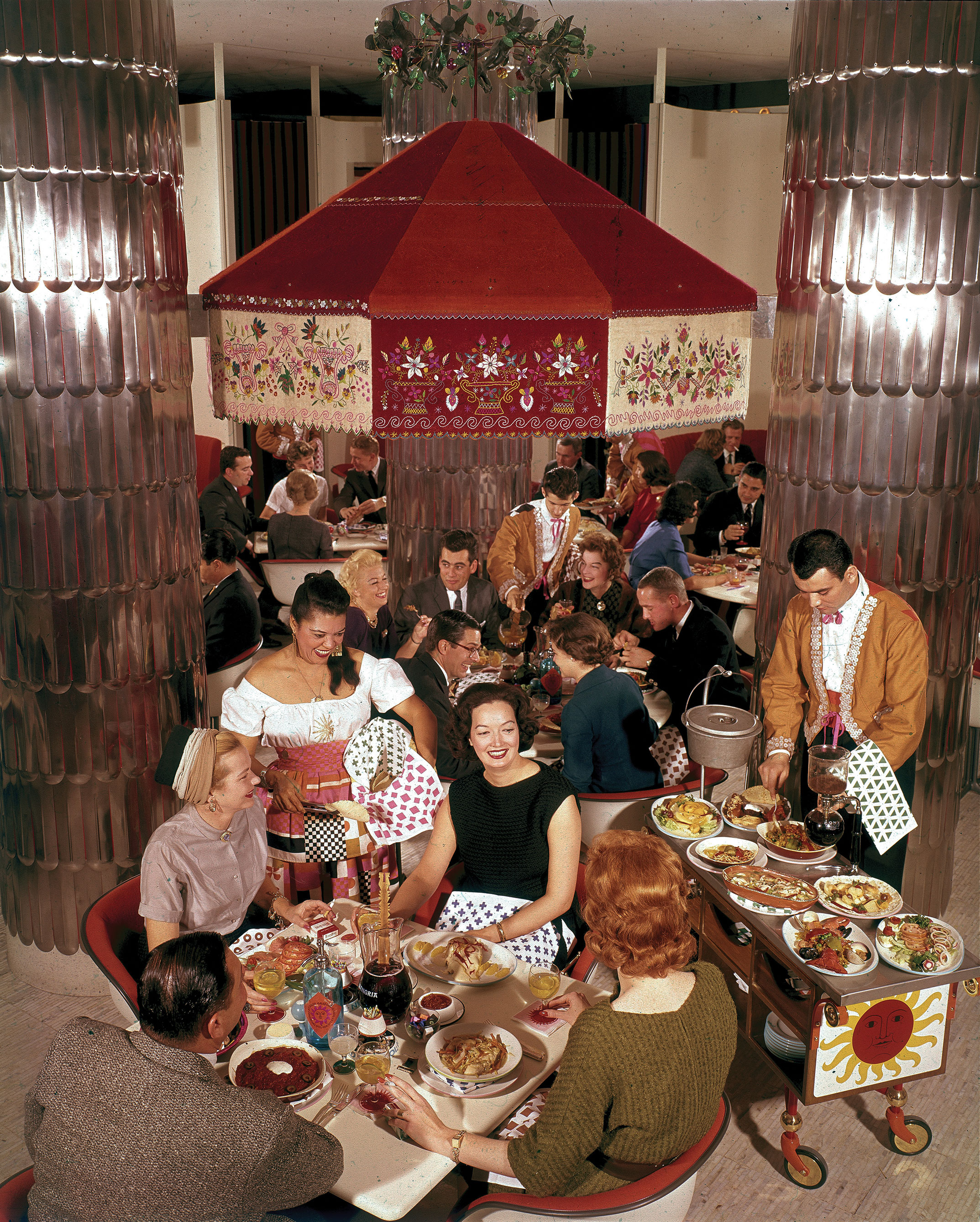
La Fonda del Sol restaurant, featuring Girard’s napkin designs, 1960.
Amongst all of this was a simple cross and step geometric motif that features in Plus and Steps. Transformed as cotton dhurrie rugs – a first in Maharam’s ongoing collaboration with Girard Studio – the universal shapes are realised in classic duotone pairings from Girard’s chromatic signature. A third rug in a straightforward check pattern, which he originally designed for Georg Jensen in 1956 as a table setting, engagingly meanders between having a graphic and playful spirit.
On the textile front, Maharam and Girard Studio looked to a drawing of Circles (1952) and an untitled collage from 1962, which is now known as Edges, that were both uncovered in the museum archive. Less recognisably Girard, but embodying the same bold spirit and graphic sense all the same, these textiles showcase how basic geometric forms possess a powerful, enduring quality.
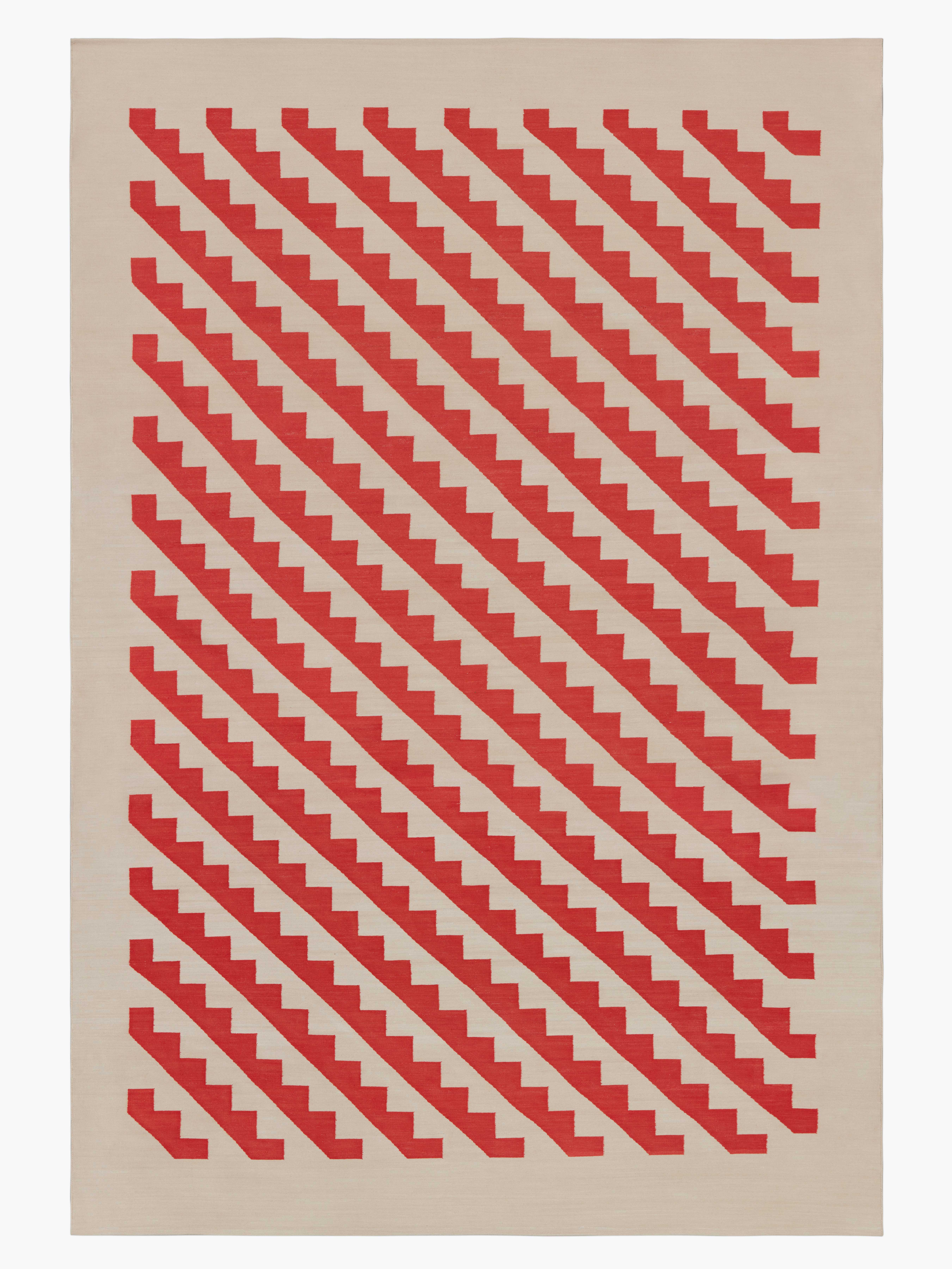
Steps, 1960, by Alexander Girard
With its miniature square and rectangular strips of matt and metallic paper, the unrealised sketch for Edges transforms a scattering of shapes into a captivating design with clever combinations of colour and metallic yarn. On the other hand, the optic quality of Circles speaks simply for itself in ultramarine on ivory and pink, yellow and tan on ecru. These contrasts of colours reflect Girard’s preference for contrast and saturation, rather than uniformity, which is even more relevant today.
The collaboration doesn’t end there: Maharam will sponsor the landmark retrospective, ‘Alexander Girard: A Designer’s Universe’, opening in May 2019. Organised by the Vitra Design Museum, the exhibition will be staged at the Museum of International Folk Art in Santa Fe, where it will be presented through October 2019, alongside the permanent Girard exhibition, ‘Multiple Visions: A Common Bond’.
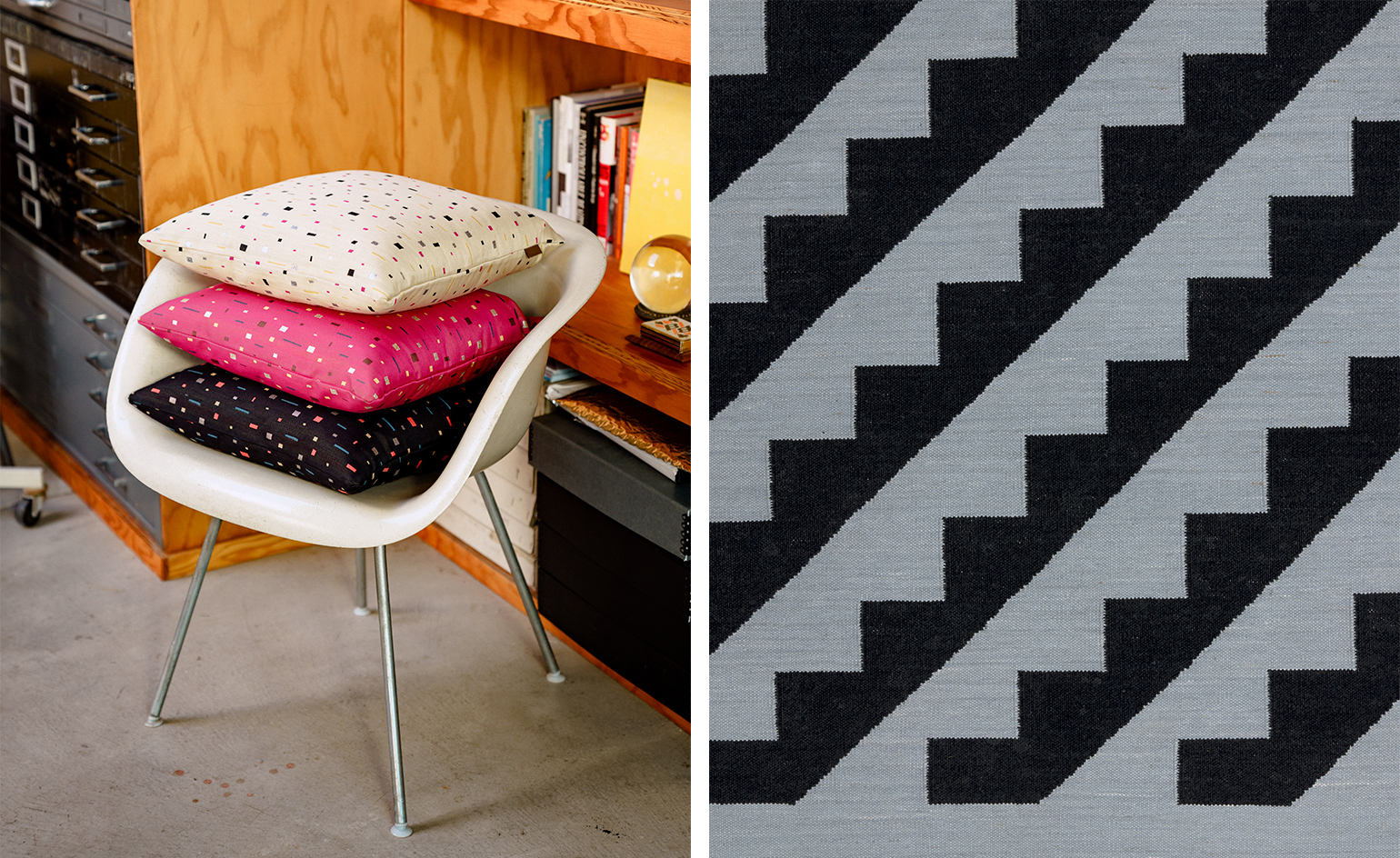
Left, Maharam textiles with the Edges print. Right, Steps print, 1960
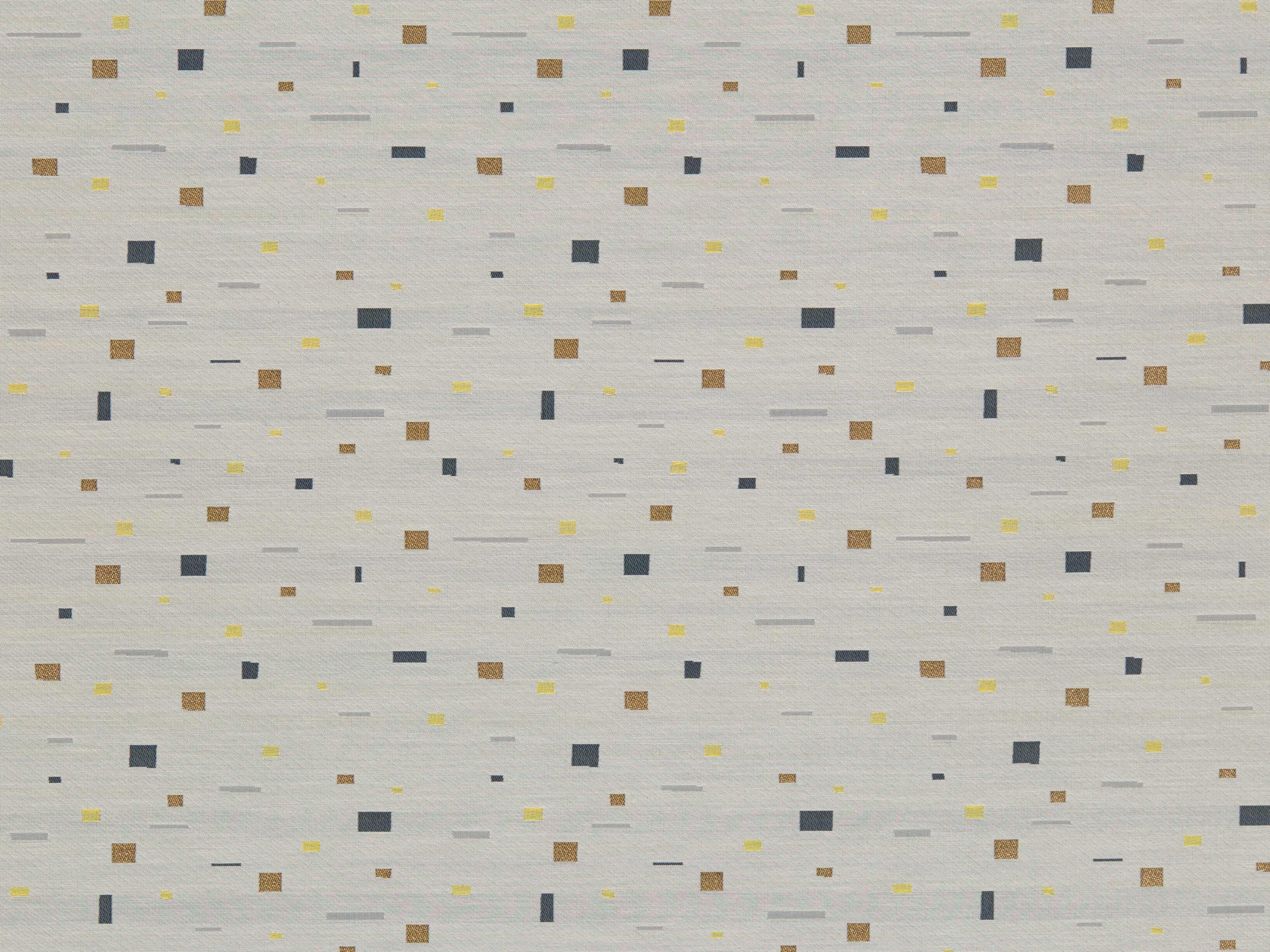
Edges print, 1962
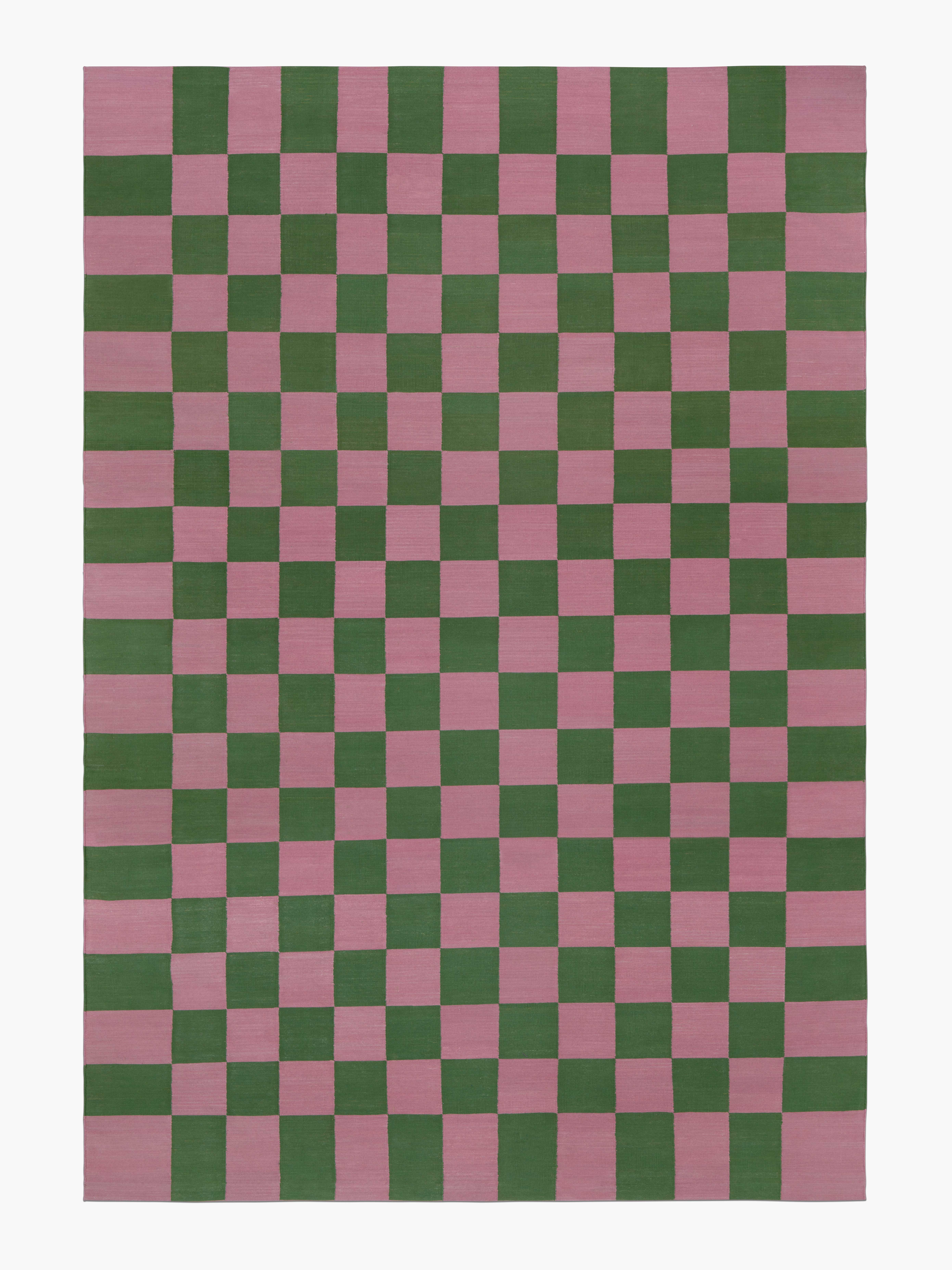
Check print 1956, by Alexander Girard, for Georg Jensen
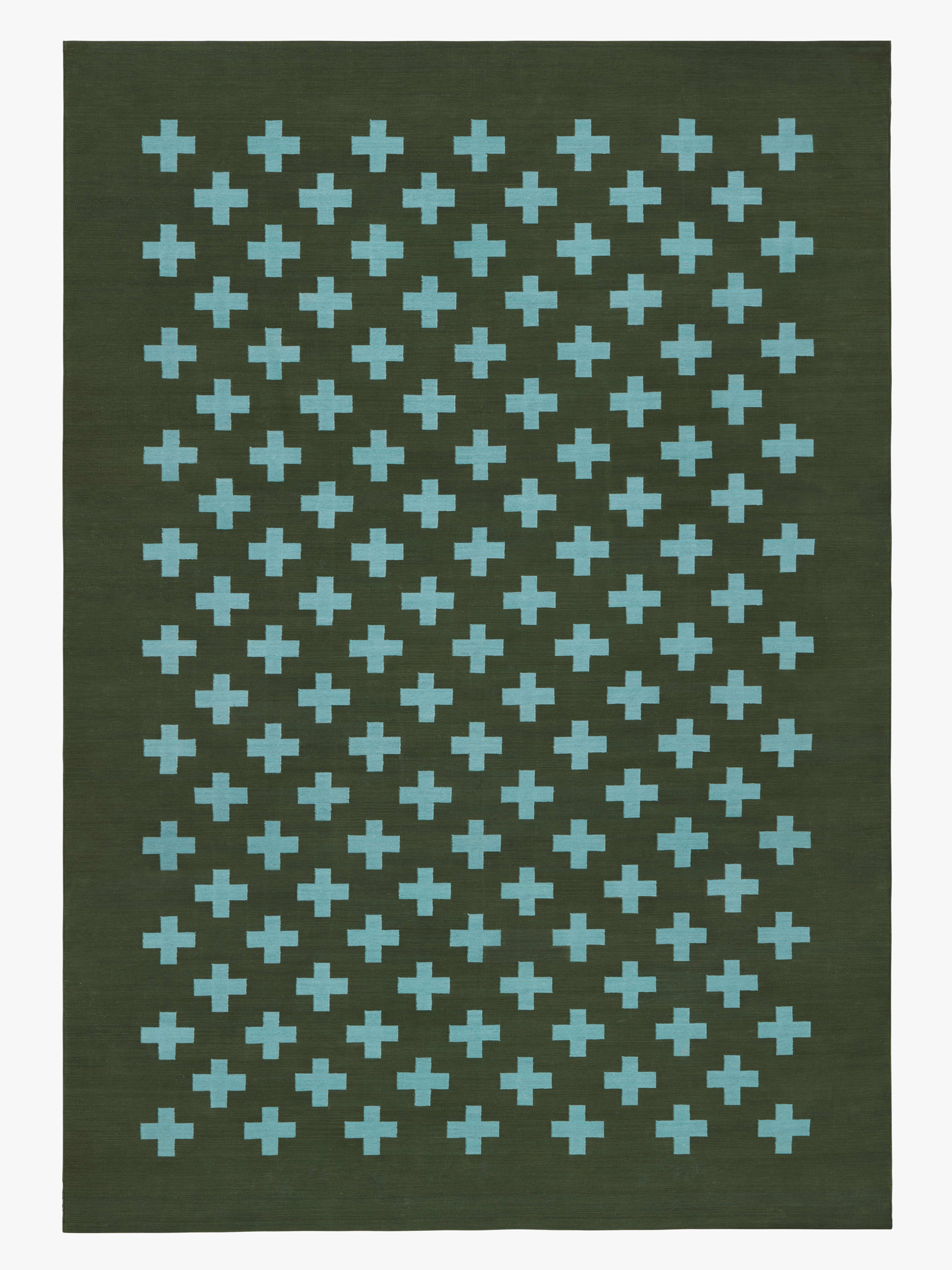
Plus print, 1960
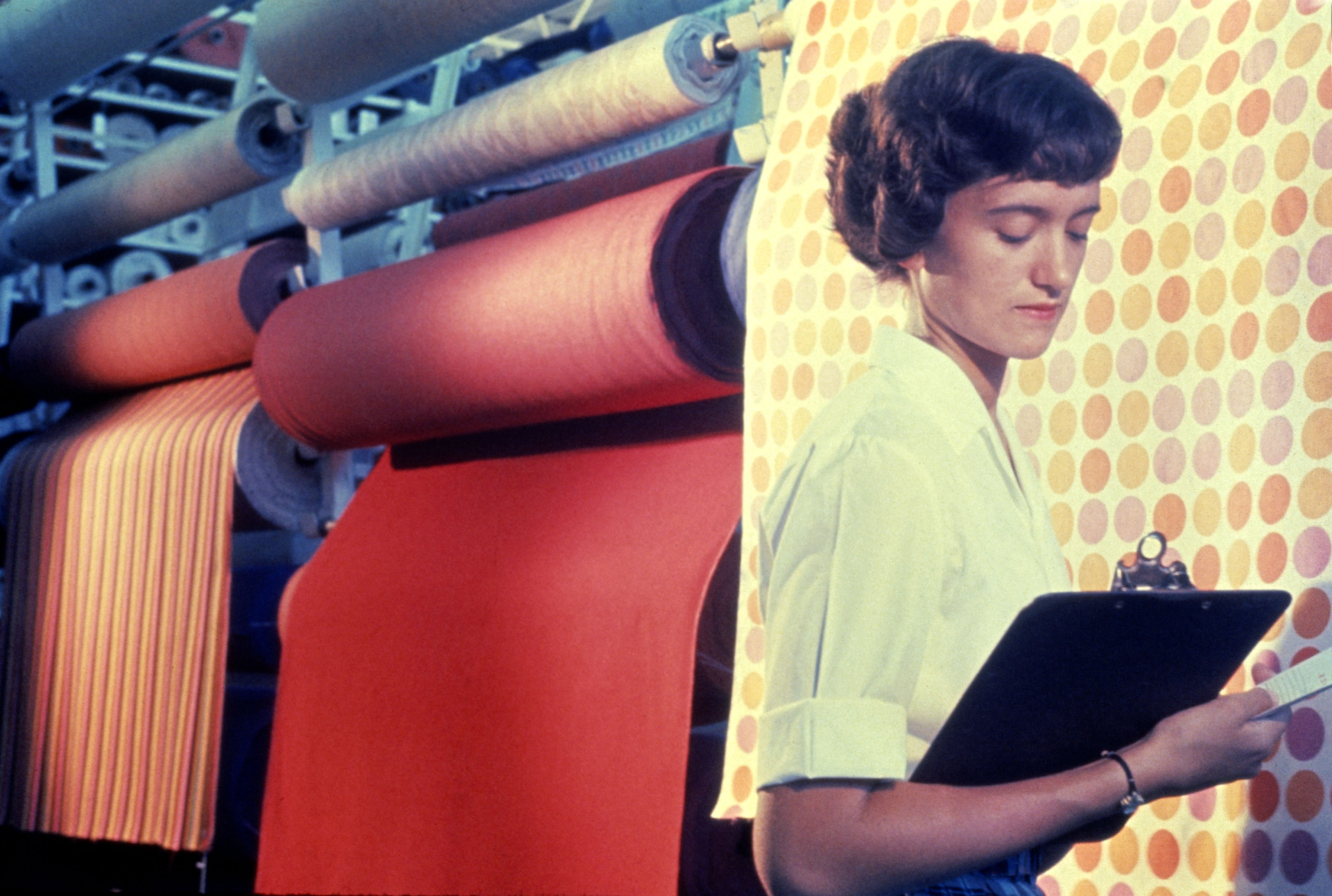
The Circles textile in production, 1960. Courtesy Herman Miller
INFORMATION
For more information, visit the Maharam website
Wallpaper* Newsletter
Receive our daily digest of inspiration, escapism and design stories from around the world direct to your inbox.
Pei-Ru Keh is a former US Editor at Wallpaper*. Born and raised in Singapore, she has been a New Yorker since 2013. Pei-Ru held various titles at Wallpaper* between 2007 and 2023. She reports on design, tech, art, architecture, fashion, beauty and lifestyle happenings in the United States, both in print and digitally. Pei-Ru took a key role in championing diversity and representation within Wallpaper's content pillars, actively seeking out stories that reflect a wide range of perspectives. She lives in Brooklyn with her husband and two children, and is currently learning how to drive.
-
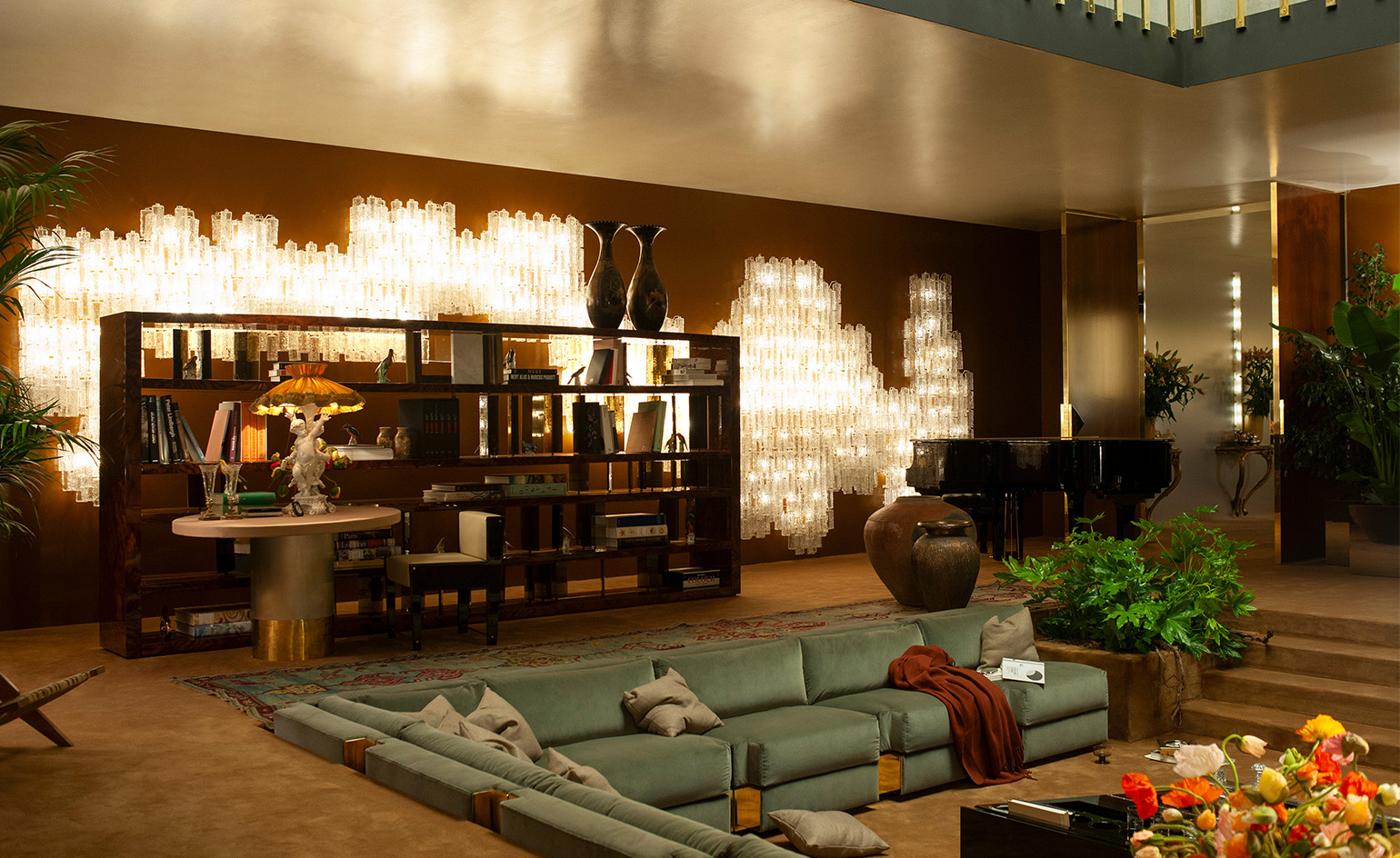 Dimoremilano and Loro Piana channel 1970s cinema in decadent Milan display
Dimoremilano and Loro Piana channel 1970s cinema in decadent Milan displayAt Milan Design Week 2025, Dimorestudio has directed and staged an immersive, film-inspired installation to present new furniture and decor for Loro Piana
By Dan Howarth Published
-
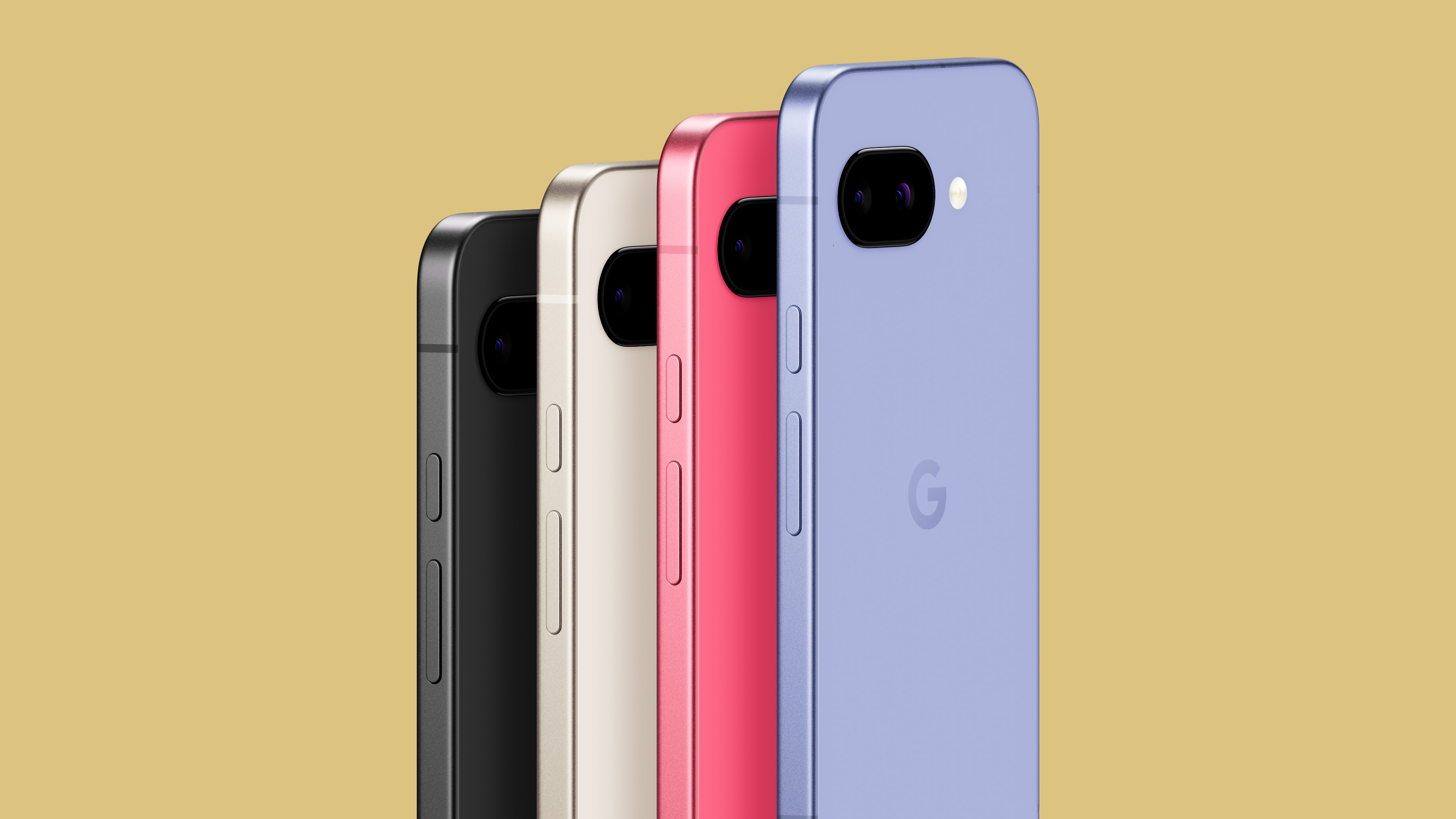 The new Google Pixel 9a is a competent companion on the pathway to the world of AI
The new Google Pixel 9a is a competent companion on the pathway to the world of AIGoogle’s reputation for effective and efficient hardware is bolstered by the introduction of the new Pixel 9a, a mid-tier smartphone designed to endure
By Jonathan Bell Published
-
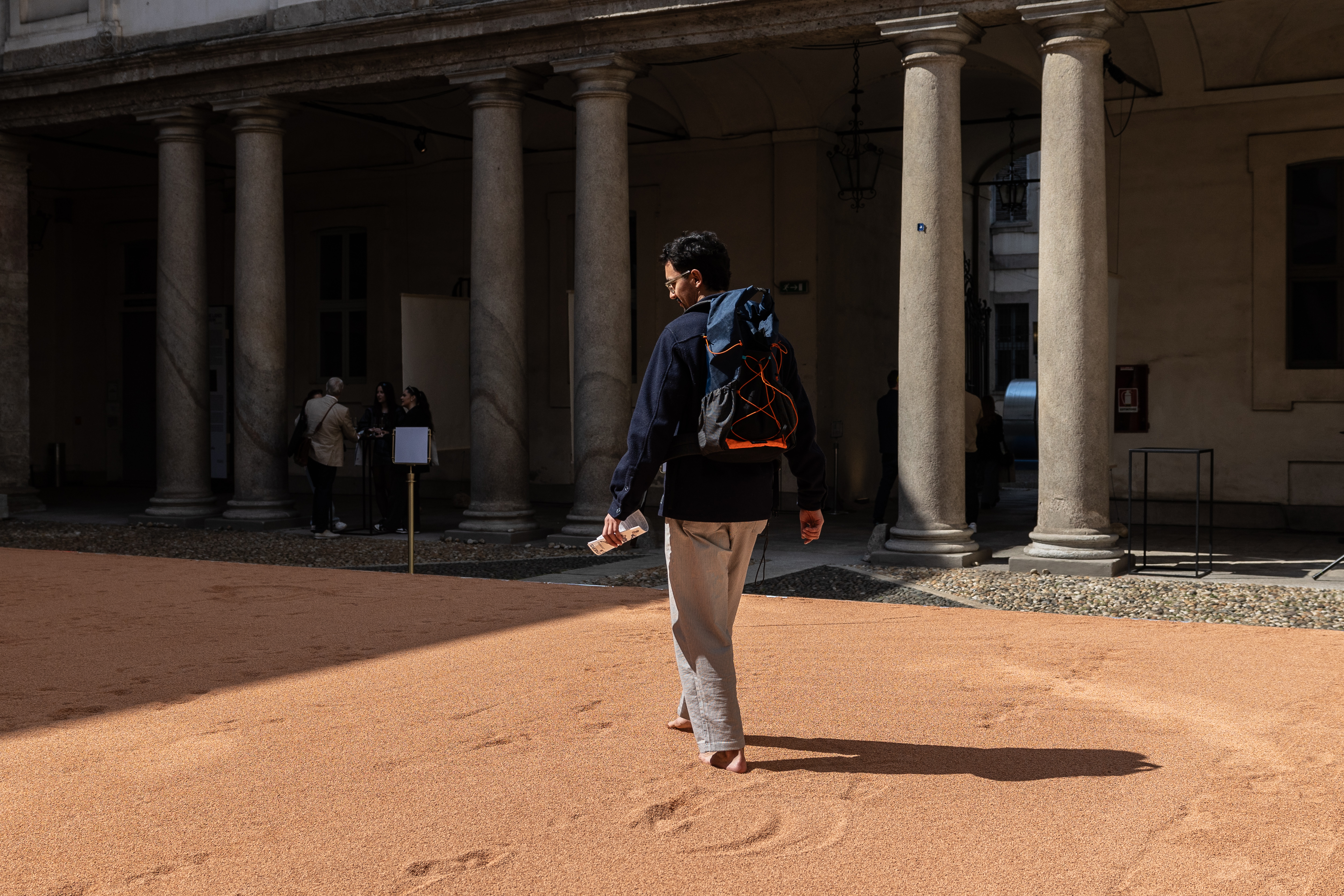 In Milan, MoscaPartners presents a poetic exploration of ‘migration’
In Milan, MoscaPartners presents a poetic exploration of ‘migration’Alongside immersive work by Byoung Cho, MoscaPartners’ Milan Design Week 2025 display features an accessible exhibition path designed for visually impaired visitors
By Cristina Kiran Piotti Published
-
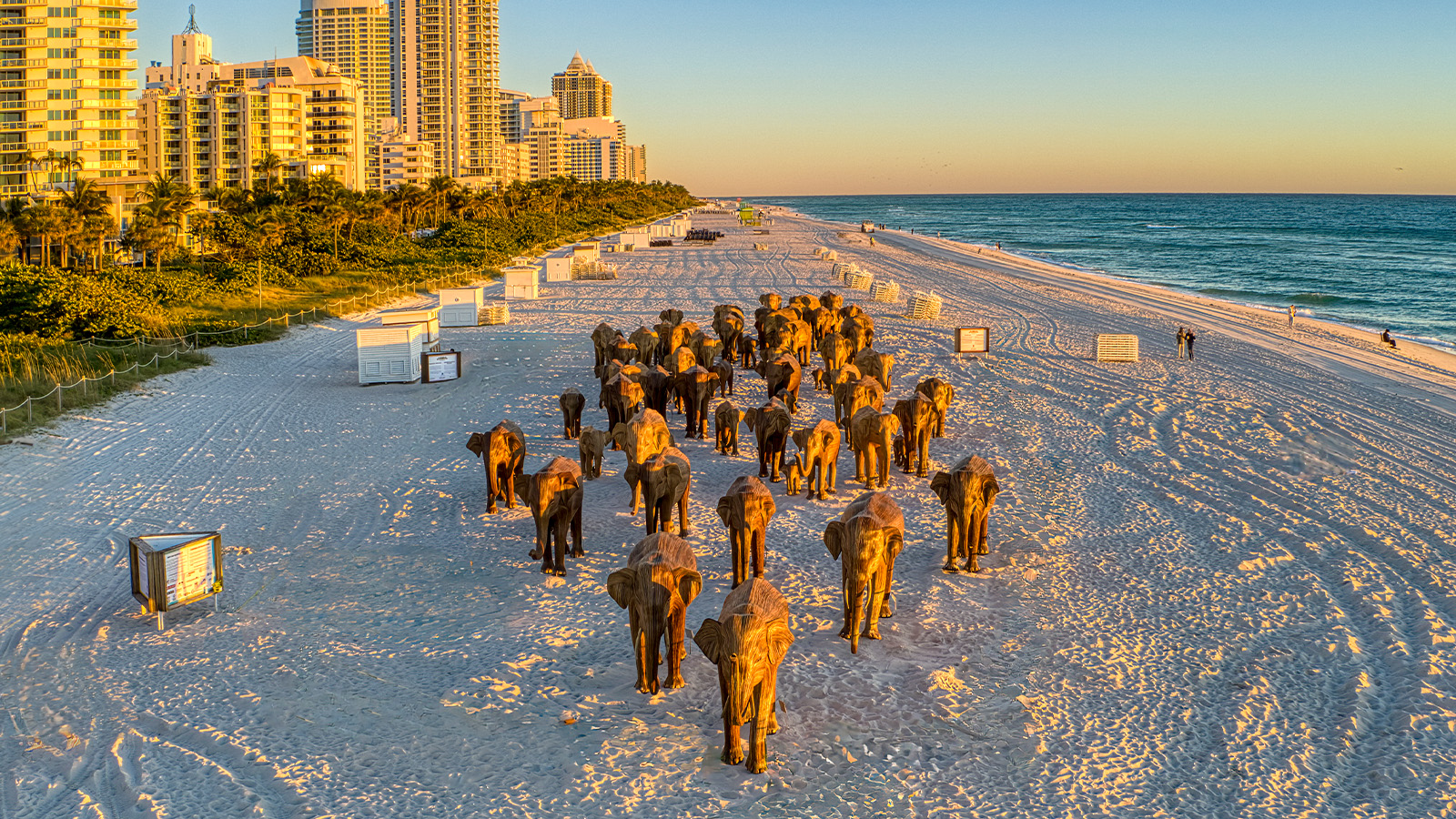 From migrating elephants to a divisive Jaguar, was this the best Design Miami yet?
From migrating elephants to a divisive Jaguar, was this the best Design Miami yet?Here's our Design Miami 2024 review – discover the best of everything that happened at the fair as it took over the city this December
By Henrietta Thompson Published
-
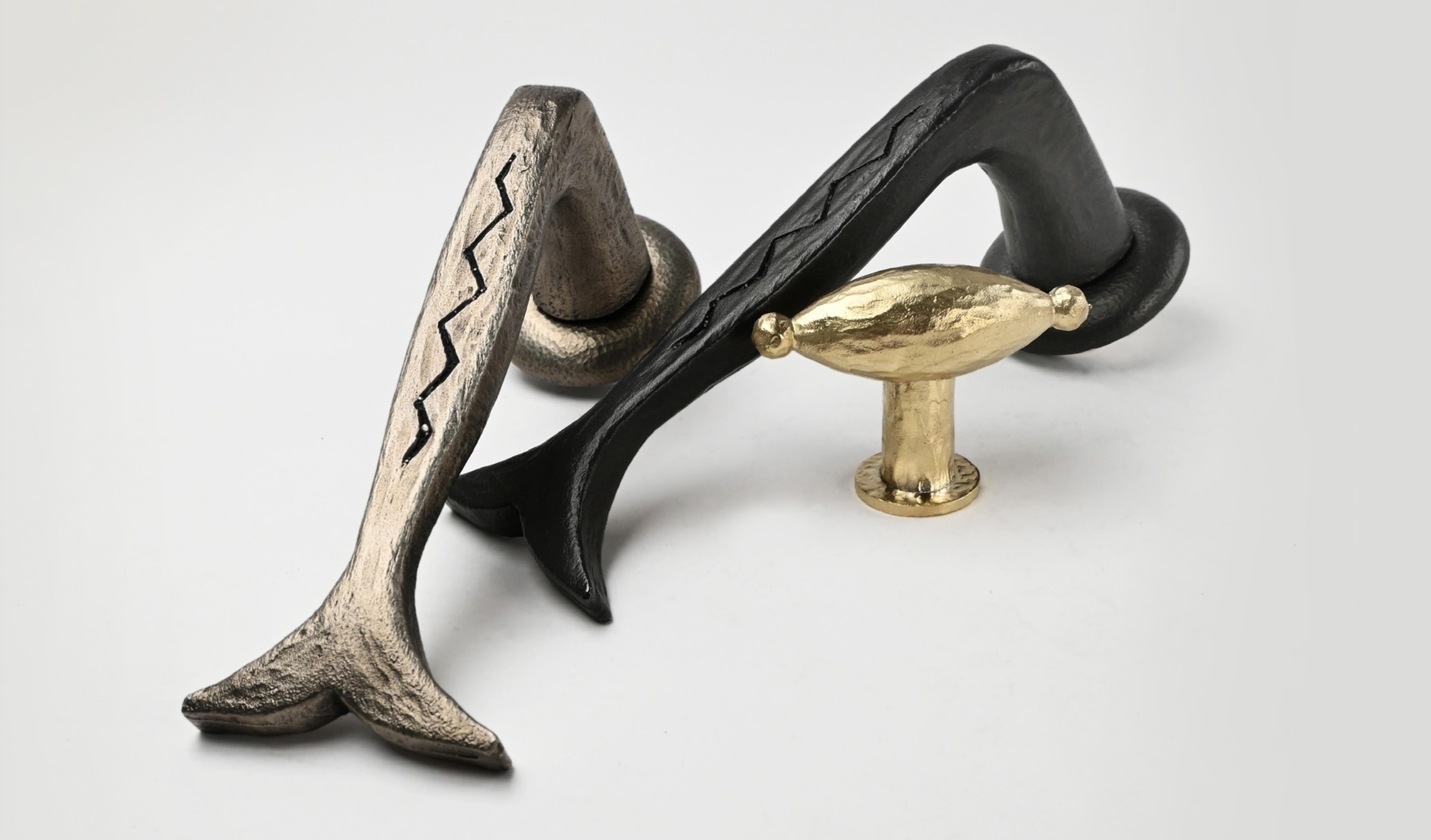 California cool: Studio Shamshiri debuts handmade door handles and pulls
California cool: Studio Shamshiri debuts handmade door handles and pullsLos Angeles interior design firm Studio Shamshiri channels the spirit of the Californian landscape into its handcrafted hardware collections. Founder Pamela Shamshiri shares the inspiration behind the designs
By Ali Morris Published
-
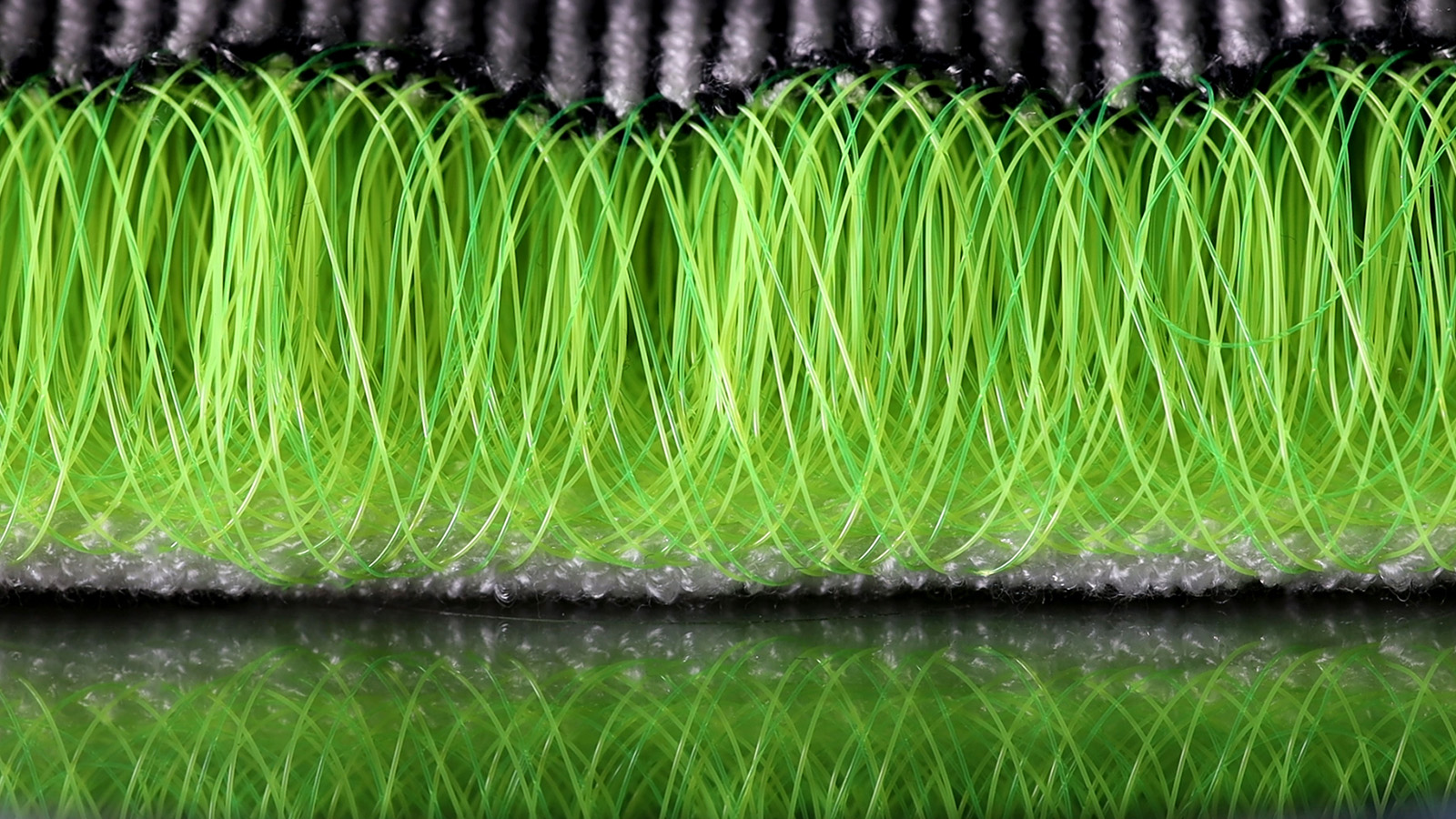 Is Emeco's 'No Foam KNIT' a sustainable answer to synthetic upholstery textiles?
Is Emeco's 'No Foam KNIT' a sustainable answer to synthetic upholstery textiles?'Make more with less' is Emeco's guiding light. Now, the US furniture maker's new mono-material textile, the 'No Foam KNIT', may offer a sustainable solution to upholstery materials
By Ali Morris Published
-
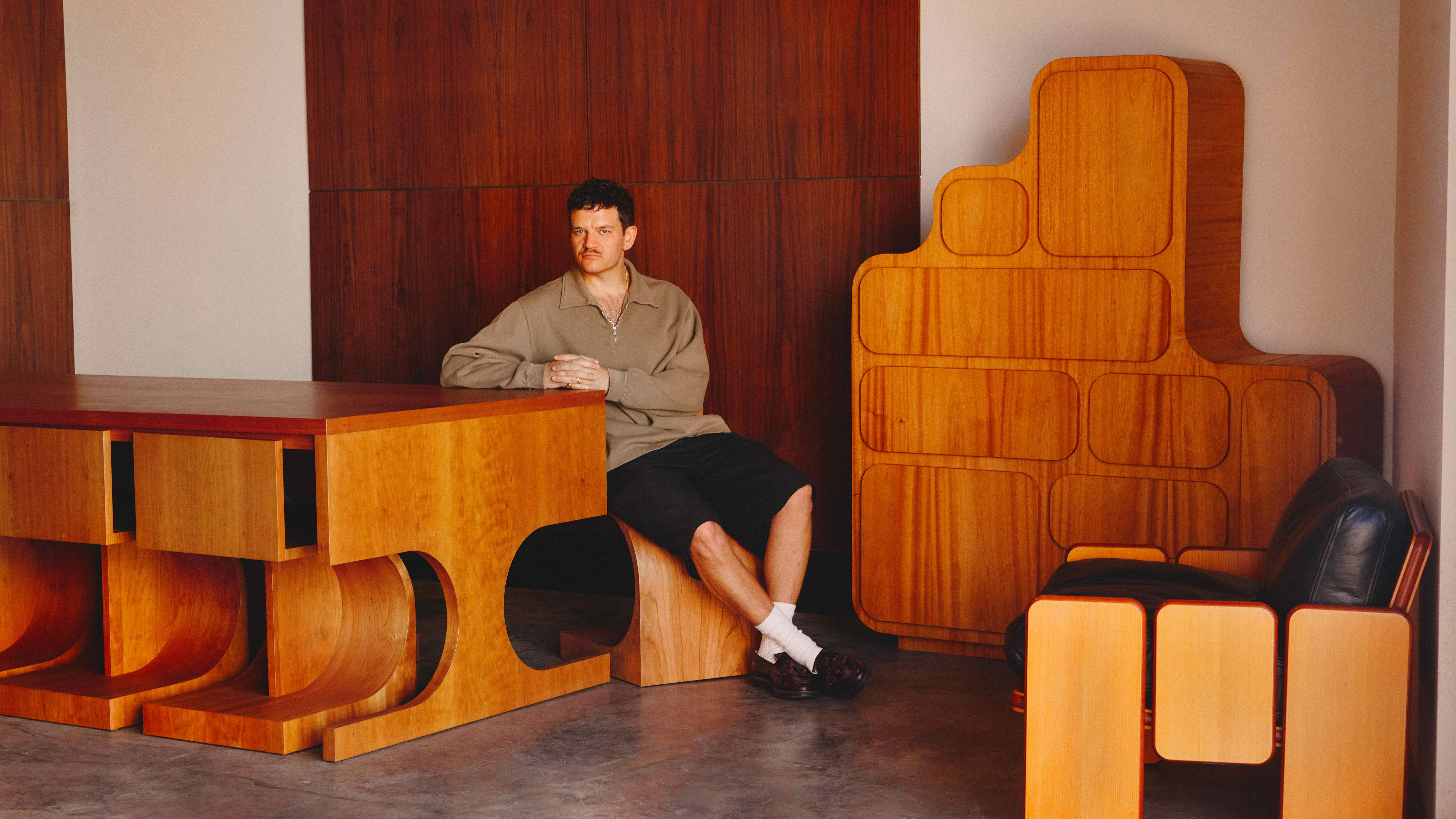 Smooth operator: Willett debuts new furniture at Design Miami 2024, with a playful touch of retro allure
Smooth operator: Willett debuts new furniture at Design Miami 2024, with a playful touch of retro allureLA furniture designer Willett turned heads in the design world with the launch of his eponymous brand earlier this year. Ahead of his Design Miami debut, he told us what’s in store for 2025
By Ali Morris Published
-
 Forged in the California desert, Jonathan Cross’ brutalist ceramic sculptures go on show in NYC
Forged in the California desert, Jonathan Cross’ brutalist ceramic sculptures go on show in NYCJoshua Tree-based artist Jonathan Cross’ sci-fi-influenced works are on view at Elliott Templeton Fine Arts in New York's Chinatown
By Dan Howarth Published
-
 Italian designer Enrico Marone Cinzano fuses natural perfection with industrial imperfection
Italian designer Enrico Marone Cinzano fuses natural perfection with industrial imperfectionEnrico Marone Cinzano's first solo show at New York’s Friedman Benda gallery debuts collectible furniture designs that marry organic materials with upcycled industrial components
By Adrian Madlener Published
-
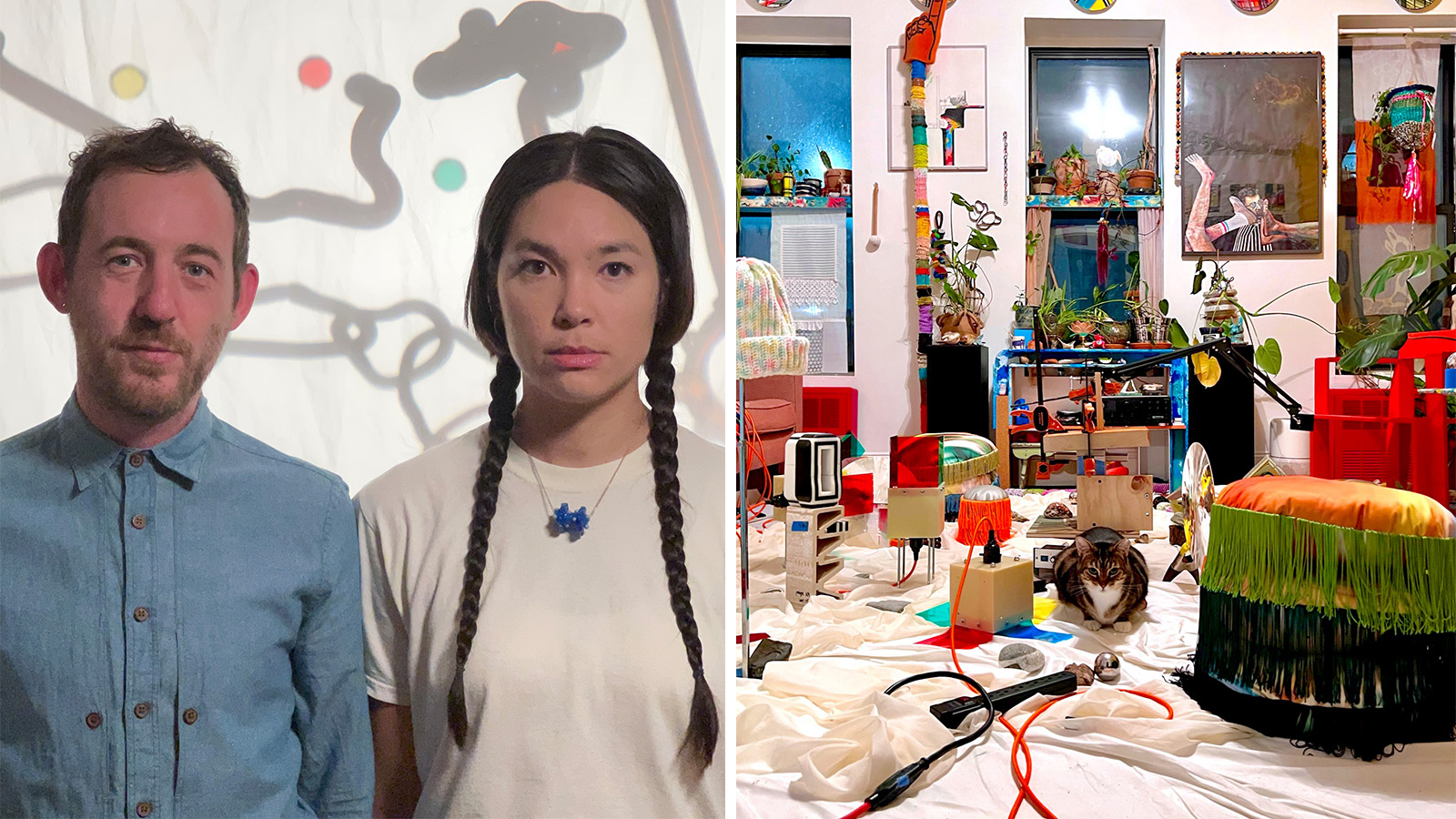 One to Watch: Brooklyn studio Outgoing gives new meaning to the idea of world building
One to Watch: Brooklyn studio Outgoing gives new meaning to the idea of world buildingLife and creative partners Brett Gui Xin and Del Hardin Hoyle from Outgoing blur the lines between craft and concept in experimental designs that have the potential for greater application
By Adrian Madlener Published
-
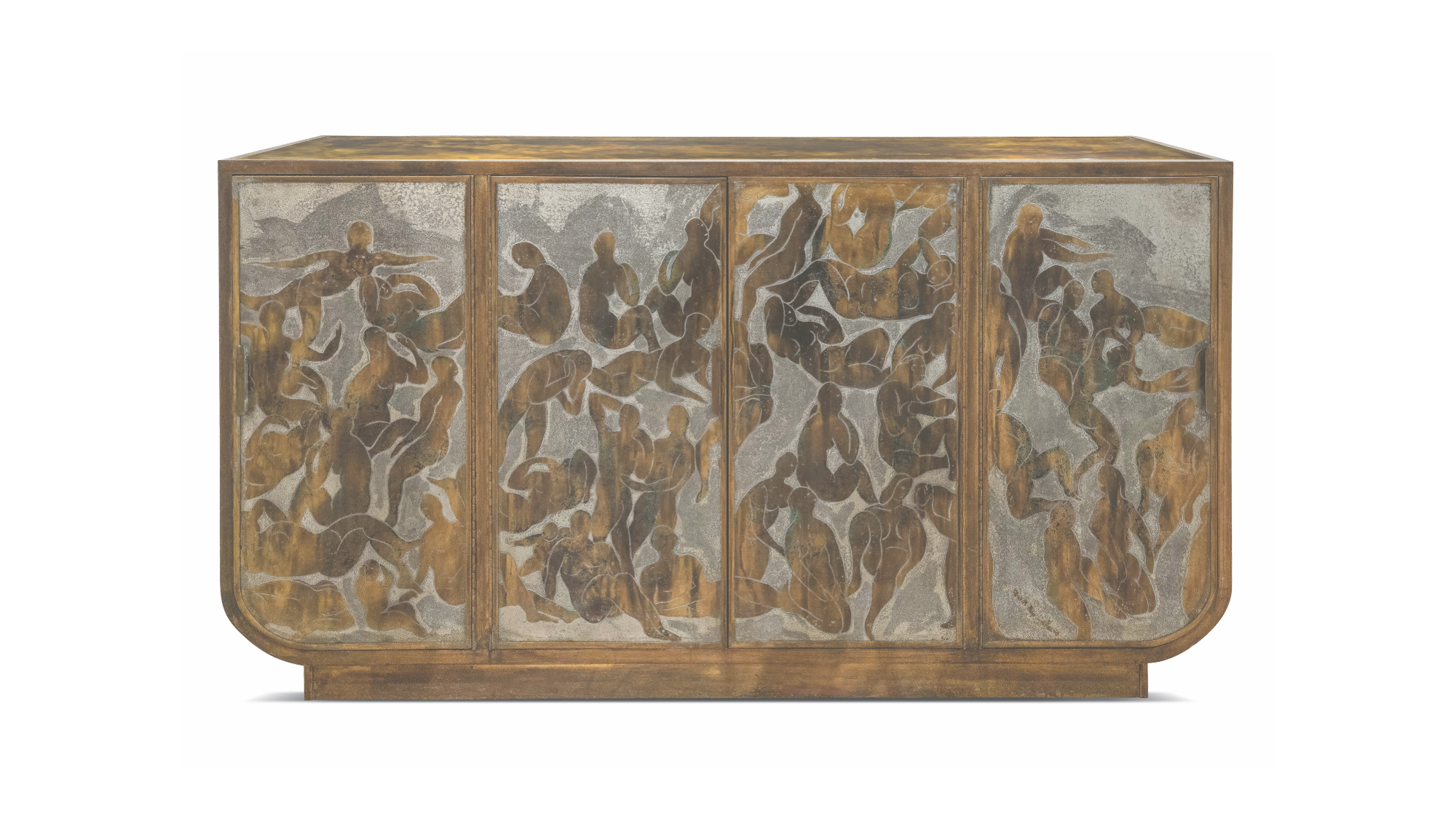 Discover the alchemy of American artists Philip and Kelvin LaVerne
Discover the alchemy of American artists Philip and Kelvin LaVerneThe work of Philip and Kelvin LaVerne, prized by collectors of 20th-century American art, is the subject of a new book by gallerist Evan Lobel; he tells us more
By Léa Teuscher Published